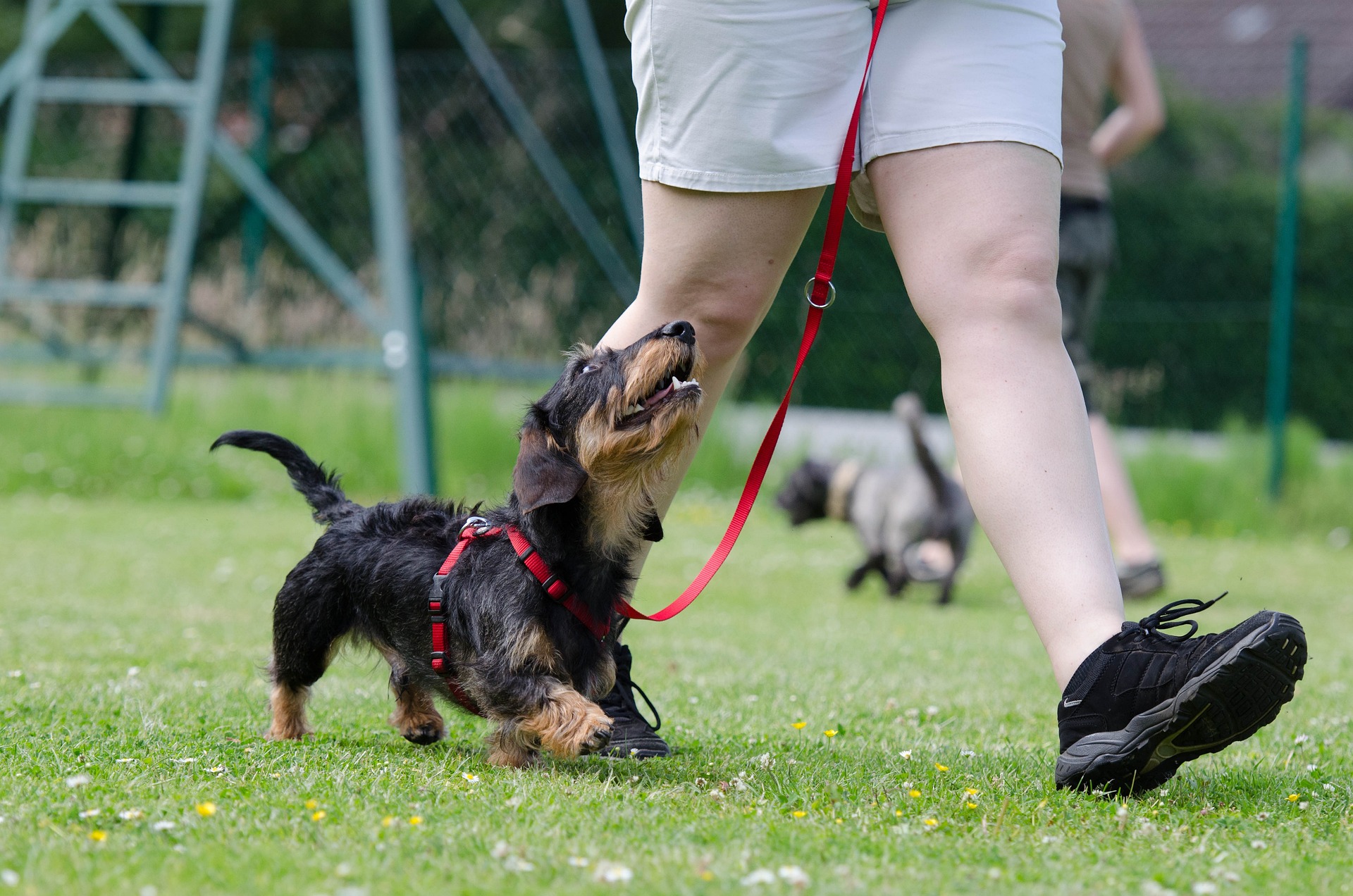Exploring Ways to Keep Indoor Pets Active
Keeping indoor pets active is essential for their physical health, mental well-being, and overall happiness. With more people living in apartments or homes without large outdoor spaces, ensuring pets get enough exercise and stimulation can be challenging. In 2025, pet owners have access to a variety of innovative tools and strategies to keep their furry companions engaged and active indoors. This article explores effective ways to maintain the physical and mental fitness of indoor pets, focusing on exercise routines, interactive play, and environmental enrichment.

The Importance of Activity for Indoor Pets
Indoor pets, whether cats, dogs, rabbits, or even birds, require regular physical activity to prevent obesity, joint problems, and behavioral issues such as anxiety or destructive tendencies. Unlike outdoor pets that have natural opportunities to explore and roam, indoor pets rely heavily on their owners to provide sufficient stimulation.
Lack of activity can lead to a sedentary lifestyle, resulting in health problems like diabetes, arthritis, and muscle atrophy. Moreover, pets that are not mentally stimulated may develop stress-related behaviors such as excessive barking, scratching, or chewing household objects.
In 2025, pet care experts emphasize a holistic approach to pet wellness, combining physical exercise with mental challenges to keep pets happy and healthy. The following sections discuss practical and creative ways to achieve this balance.
Designing Effective Exercise Routines
Exercise is the cornerstone of keeping indoor pets active. Depending on the type and breed of the pet, the exercise requirements can vary significantly.
For Dogs
Even small or medium-sized indoor dogs need daily walks and playtime. When outdoor walks are limited due to weather or space constraints, indoor activities such as fetch, tug-of-war, or stair climbing can provide meaningful exercise.
- Indoor Fetch: Use soft toys or balls to avoid damaging furniture. Hallways or open spaces are ideal for this game.
- Stair Climbing: If your home has stairs, encourage your dog to go up and down a few times, which helps build muscle strength and cardiovascular health.
- Treadmill Training: In 2025, adjustable pet treadmills are becoming more common. These devices allow dogs to walk or run indoors at controlled speeds, especially useful for high-energy breeds.
For Cats
Cats are natural hunters and love to chase moving objects. However, their bursts of activity are often short, requiring multiple play sessions throughout the day.
- Laser Pointers and Wand Toys: These toys stimulate a cat’s predatory instincts and encourage chasing and jumping.
- Automated Toys: Interactive robotic toys that mimic prey movements can keep cats entertained for extended periods.
- Climbing Structures: Cat trees and shelves provide vertical space for climbing and jumping, which is great exercise.
For Small Pets (Rabbits, Guinea Pigs, Ferrets)
Small pets need secure, spacious play areas where they can hop, run, and explore safely.
- Playpens: Portable enclosures allow small pets to roam freely while staying protected.
- Obstacle Courses: Simple tunnels, ramps, and chew toys can create a stimulating environment that encourages movement.
Interactive Play to Boost Mental and Physical Health
Physical activity alone is not enough; mental stimulation plays a crucial role in preventing boredom and promoting cognitive health.
Puzzle Toys and Treat Dispensers
Puzzle feeders and treat-dispensing toys challenge pets to solve problems to receive a reward. These are available for dogs, cats, and even small mammals.
- Benefits: Encourages problem-solving, reduces overeating by slowing down food intake, and provides prolonged engagement.
- Examples: Snuffle mats, treat balls, and interactive feeders.
Training Sessions
Training is a fantastic way to combine mental work with physical activity. Teaching new commands, tricks, or agility exercises can be tailored to the pet’s abilities and energy levels.
- Positive Reinforcement: Using treats and praise motivates pets and strengthens the bond between owner and animal.
- Technology-Assisted Training: In 2025, apps and smart collars with real-time feedback help owners track progress and customize training routines.
Social Interaction
Pets are social creatures who benefit from interaction with humans and other animals. Organizing playdates or spending quality time playing interactive games fosters emotional health.
Environmental Enrichment for a Stimulating Habitat
Creating an enriched environment is essential to keep indoor pets engaged throughout the day. A stimulating habitat reduces stress and encourages natural behaviors.
Sensory Stimulation
Introducing a variety of textures, sounds, and smells keeps pets curious and attentive.
- Scratch Posts and Mats: For cats, these satisfy scratching instincts and help maintain claw health.
- Aromatherapy: Safe, pet-friendly scents can have calming or invigorating effects.
- Background Sounds: Sounds of nature or soft music designed for pets can create a pleasant atmosphere.
Rearranging and Rotating Toys
Pets can get bored with the same toys. Regularly rotating toys and changing the layout of the play area encourages exploration and renews interest.
Safe Outdoor Access
For owners with balconies or patios, creating a secure outdoor space can provide fresh air and sunshine without the risks of free roaming.
- Catios: Enclosed outdoor patios for cats that allow safe outdoor experiences.
- Leash Training: Teaching pets to walk on a leash indoors or outdoors increases their confidence and exercise opportunities.
Conclusion
Keeping indoor pets active is a multifaceted endeavor that requires creativity, commitment, and knowledge of the pet’s specific needs. In 2025, advancements in pet care technology and a better understanding of animal behavior have made it easier than ever to provide indoor pets with fulfilling, healthy, and active lives.
By designing tailored exercise routines, engaging pets in interactive play, and enriching their environment, pet owners can ensure their companions remain vibrant and joyful. Whether you have a lively dog, a curious cat, or a playful small mammal, investing time and effort in keeping them active indoors pays dividends in their health and happiness.
Disclaimer: All content, including text, graphics, images and information, contained on or available through this web site is for general information purposes only. The information and materials contained in these pages and the terms, conditions and descriptions that appear, are subject to change without notice.




